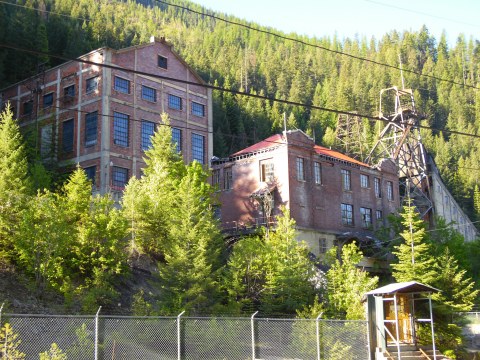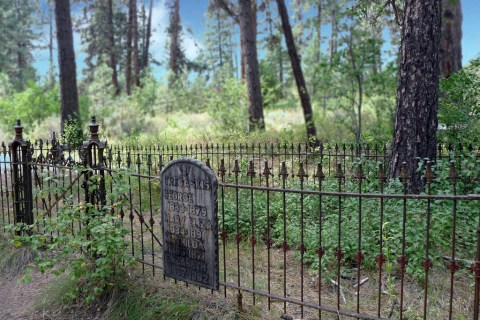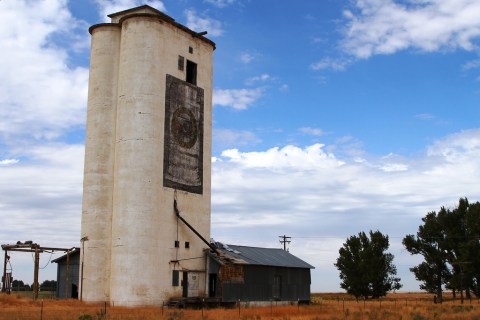The Stories Behind These 10 Modern Ruins In Idaho Will Chill You To The Bone
For such a relatively young nation (globally-speaking), the United States has seen its share of historic cycles. The same is true for Idaho, despite being one of the youngest states in the country. With boom towns dotting the landscape and the ever-changing face of industry causing a rise and fall of businesses, as well as a surprisingly nuclear past (and present), there are quite a few forgotten and abandoned places hiding throughout the state, if you know where to look. Entire towns, half-finished dams, secret missile bases… it’s not all sunshine and roses in the Gem State as far as these chilling ruins are concerned. Their stories are unnerving, to say the least.
The only thing missing? The people. And that equation can make for some truly eerie, frozen-in-time scenes. So if you’re looking for a creepy road trip, here are some good places to start.

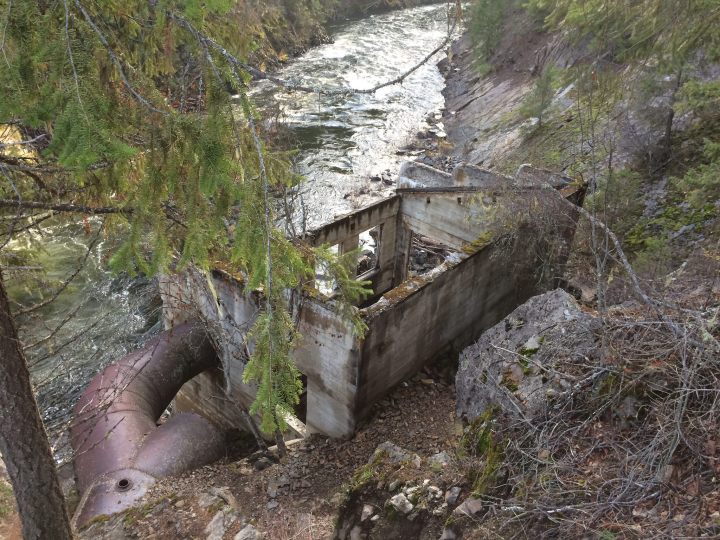
The 50-foot high arched dam was built to be infallible - an intention held by most man-made undertakings. And to its credit, it was. But one side of the dam was built against unstable shale rock, which was pummeled by the pressure of the season's run-off. That same May, the high water’s pressure was too great and the Moyie River broke through the weak spot, destroying one corner of the dam. However, the majority of this feat of engineering still stands as a reminder of Bonner County's early mining days. It also creates a challenge for rafters navigating through the canyon.
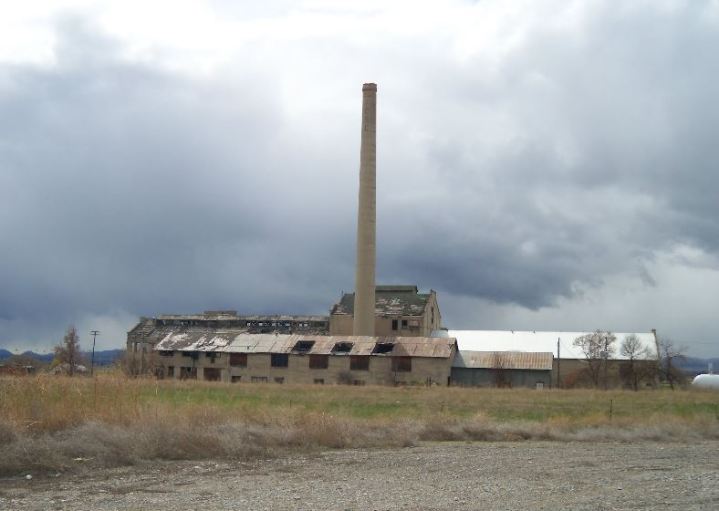
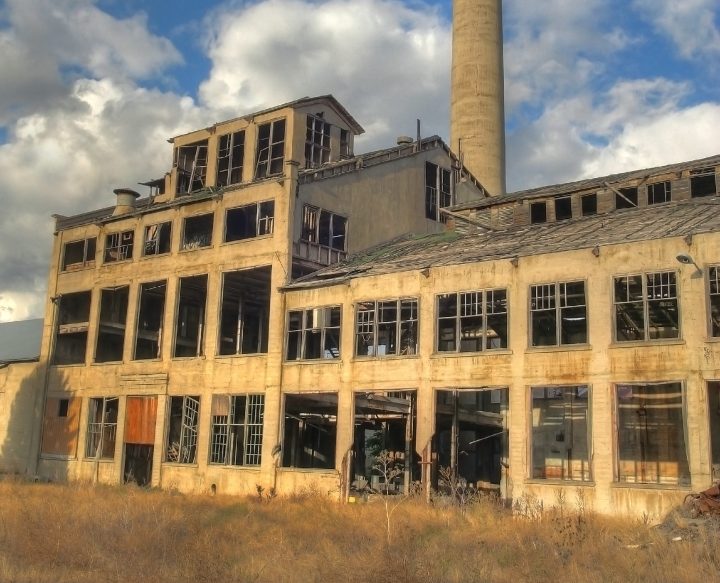
A century later, the Amalgamated Sugar Company - a sugar beet-distributor - bought the Franklin County Sugar Company and its Whitney, Idaho factory in 1960. Multiple factors contributed to its closure, including lawsuits against the company. Today, the building stands as a shell of its former self.
To see this abandoned beauty from a whole new perspective, check out this awesome drone footage by TJ Burbank!
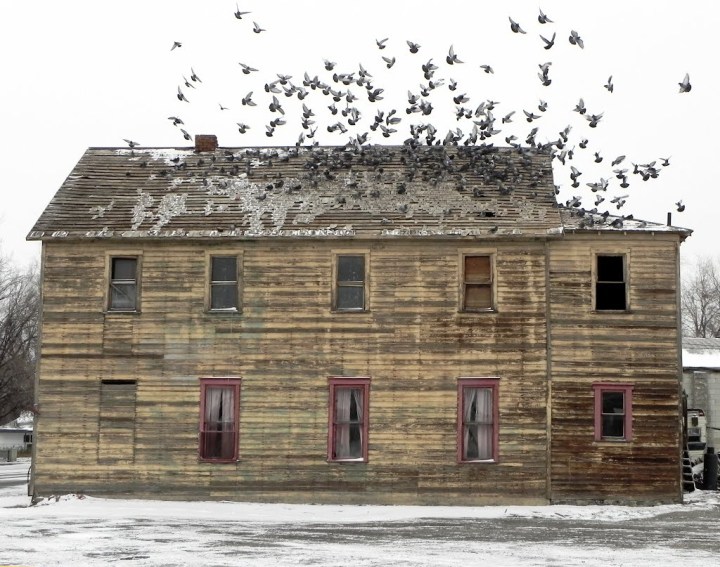

The first train arrived in Shoshone in 1883. From about 1937 until 1965 passengers traveling by train en route to Sun Valley arrived and departed from this uniquely ornamented depot. The trains to Shoshone even carried the first pioneers into the present-day Magic Valley! Today, it looks a little worse for the wear but is a photographer favorite. And while we didn't include this rugged old beauty on our Train Depot Road Trip, it's well worth a stop for the unique architecture alone.
Address: 304 North Rail St. Shoshone, Idaho 83352
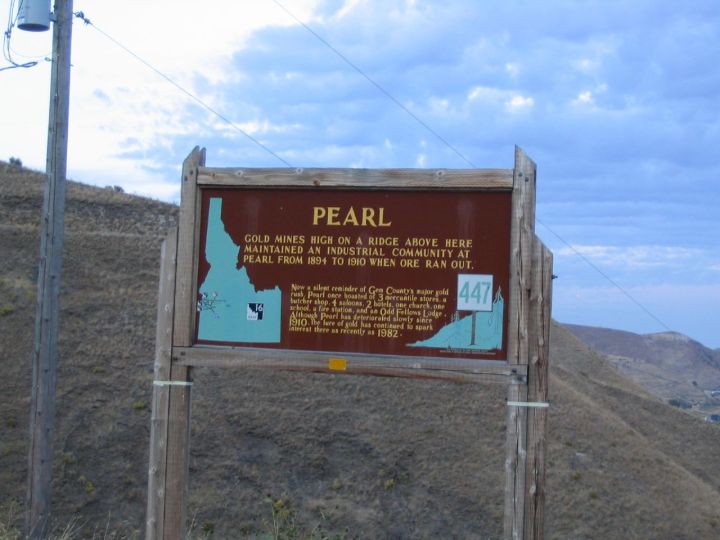
Interestingly, this forgotten slice of history isn't too far out of the Boise metro area - just a few miles southeast of Emmett. You'll have to hunt for it in the hills, but it'll be easy to recognize by the car jutting out above the mine entrance, which is located high up on a ridge, gated, and locked. Officially, however, anyone willing to pay the price to reinstate mining activities has all the potential in the world of striking it rich!
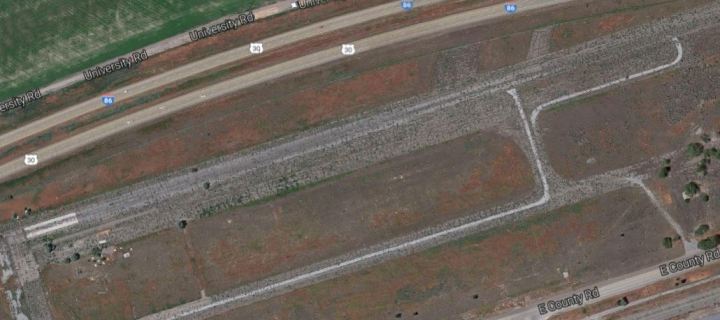
The McDougall Airport - a small, 3-runway operation - was decommissioned in 1951 when air traffic was diverted to the new commercial airport. The airfield was named after one of Idaho’s respected war heroes: Harry Owens McDougall, the only WWI ace to come from Idaho. After McDougall's death in 1928, the city purchased the land for the airstrip and named it after the local hero. Decades later, this former airport is all but forgotten. But, of those who do remember it in its glory days, few folks know that this tiny airfield was also used in conjunction with the nearby Idaho National Laboratory before an airport was officially established.
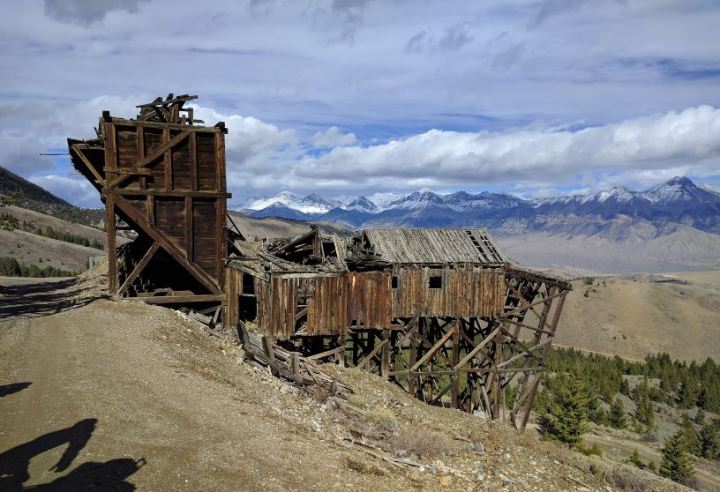
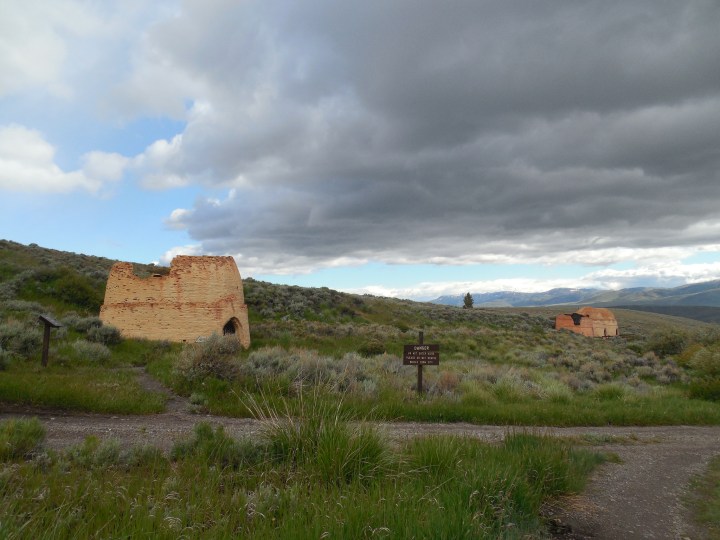
More info and directions
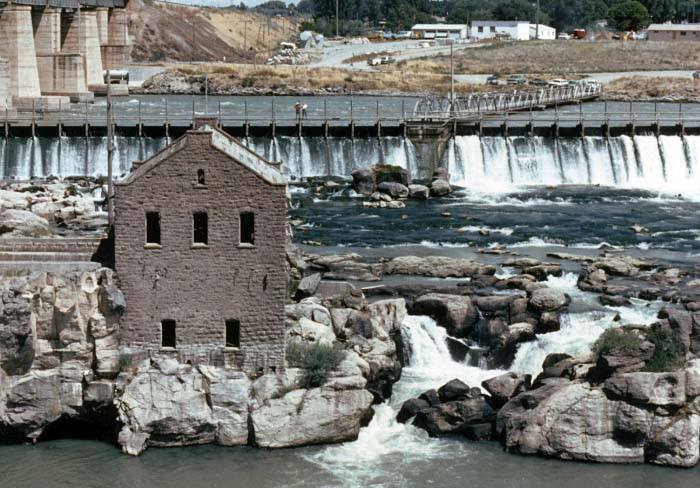
More info and directions

While the average roadtripper through Mountain Home would never guess that this rural slice of desert was once a part of the nation's first line of defense against a nuclear attack from the Soviet Union, the occasional upturned pile of earth is a reminder of what hides below the surface: 569-C, a Titan I missile complex consisting of multiple silos, an underground command center, and a support center, all connected by half a mile of tunnels. This complex still remains to this day, one of three in Southern Idaho. The Titan missiles were replaced quickly, however - the volatile bombs were a hassle to keep safe and were are highly dangerous outside of their silo confines. They were removed in the 60s, but the complex itself remains a literal hidden gem in rural Ada County.
Idaho’s recent and long-past history can be found in the most unlikely of places! There’s something fascinating about seeing old ruins set against a modern backdrop – what other abandoned places in Idaho have you seen?
Like this? Want more? Check out our this Abandoned Water Park in North Idaho.
OnlyInYourState may earn compensation through affiliate links in this article. As an Amazon Associate, we earn from qualifying purchases.

